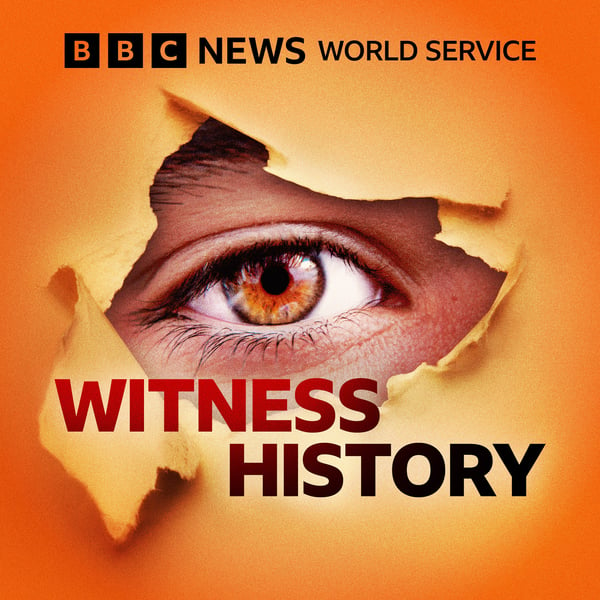How South Africa banned skin-lightening creams
Witness History
BBC
4.4 • 1.6K Ratings
🗓️ 3 July 2020
⏱️ 10 minutes
🧾️ Download transcript
Summary
In 1990, South Africa became the first country in the world to ban skin-lightening creams containing the chemical compound hydroquinone. For years the creams had caused an irreversible form of skin damage called ochronosis for the black and Asian South Africans using the products. Rachael Gillman has been speaking to Dr Hilary Carman, one of the activists who worked to ban the creams and Dr Ncoza Dlova who became one of the country's first black dermatologists.
Photo: A woman applying a skin-lightening cream to her face. Credit: AFP/Getty Images
Transcript
Click on a timestamp to play from that location
| 0:00.0 | Choosing what to watch night after night the flicking through the endless |
| 0:06.8 | searching is a nightmare we want to help you on our brand new podcast off the |
| 0:11.8 | telly we share what we've been watching |
| 0:14.0 | Cladie Aide. |
| 0:16.0 | Load to games, loads of fun, loads of screaming. |
| 0:19.0 | Lovely. Off the telly with me Joanna Paige. |
| 0:21.0 | And me, Natalie Cassidy, so your evenings can be a little less |
| 0:24.9 | searching and a lot more auction listen on BBC sounds. You're listening to the Witness History Podcast from the BBC World Service with me Rachel Gilman. |
| 0:40.5 | Today we're going back to 1990 when South Africa became the first |
| 0:45.5 | country in the world to ban skin lightning creams containing the chemical |
| 0:49.8 | compound hydroquinone which for years had been causing an irreversible form of skin damage called |
| 0:56.8 | ochronosis. There's an initial bleaching effect but subsequently the skin darkens, so it only works for about 10 to 12 weeks as a pigment lightener, |
| 1:14.8 | thereafter there's darkening anywhere. |
| 1:18.0 | But the ochronosis, what happens is |
| 1:20.0 | the skin over the cheeks becomes black. It darkens considerably and then they develop |
| 1:25.9 | tiny little black lumps just under the skin that look like caviar. |
| 1:30.0 | Dr Hillary Carmen has been working as a dermatologist in South Africa for decades. |
| 1:35.2 | She first realized there was a problem with ochronosis |
| 1:38.4 | when she started working in a segregated dermatology clinic which only treated black South Africans at the time of South Africa's racist apartheid government. |
| 1:48.8 | 30% of the population of women are estimates were 30% of women were affected. |
| 1:54.8 | So it was the epidemiology, the 30% of women had this condition. |
| 1:59.6 | Hillary's colleague Dr George Finley was one of the first people to properly identify the condition among black patients. |
... |
Please login to see the full transcript.
Disclaimer: The podcast and artwork embedded on this page are from BBC, and are the property of its owner and not affiliated with or endorsed by Tapesearch.
Generated transcripts are the property of BBC and are distributed freely under the Fair Use doctrine. Transcripts generated by Tapesearch are not guaranteed to be accurate.
Copyright © Tapesearch 2025.

